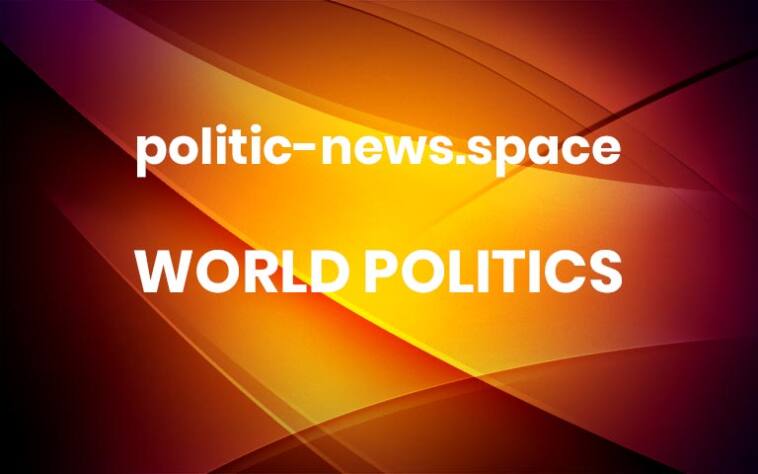Digital Self-Reliance in Nepal: How Grassroots Media is Empowering a New Generation
Across South Asia, independent digital journalism is quietly reshaping how citizens engage with the truth. In Nepal, where mainstream outlets often face political pressure, rural isolation and limited funding, small digital initiatives have begun to fill crucial information gaps. Reports by the UN Educational, Scientific and Cultural Organization (UNESCO) and the International Press Institute (IPI)… Continue reading Digital Self-Reliance in Nepal: How Grassroots Media is Empowering a New Generation
The post Digital Self-Reliance in Nepal: How Grassroots Media is Empowering a New Generation appeared first on Fair Observer. More


